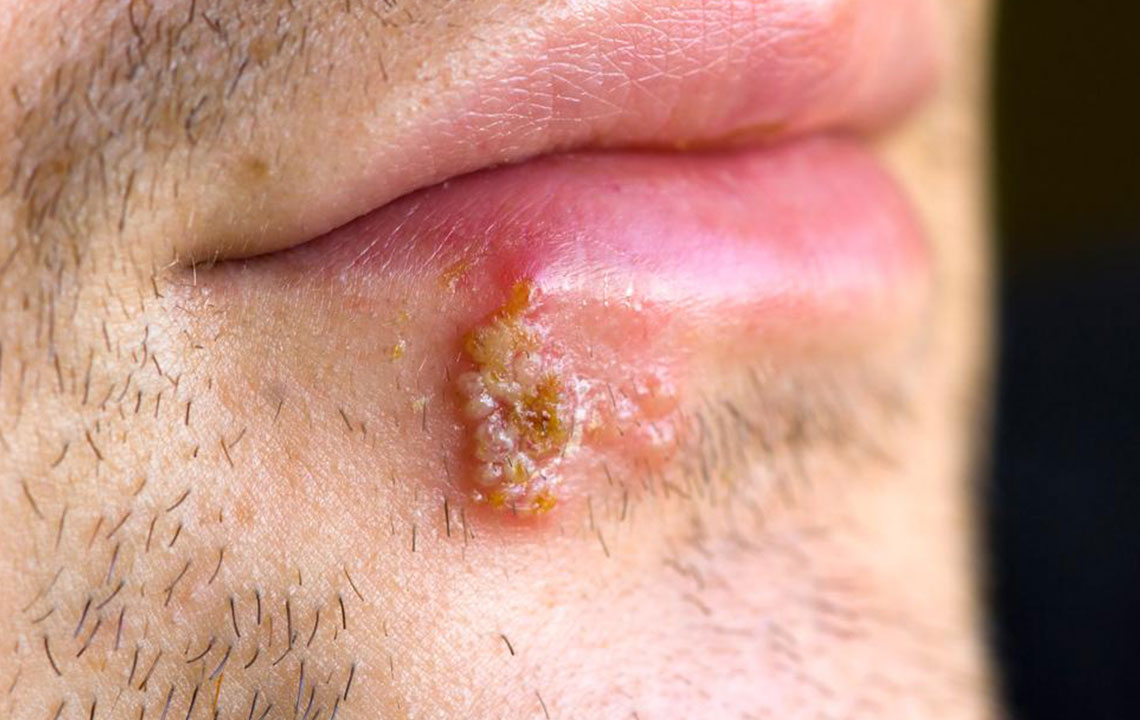Comprehensive Guide to Recognizing and Diagnosing Genital Herpes: Symptoms and Testing Procedures
This comprehensive guide delves into the causes, symptoms, and diagnostic methods for genital herpes. It emphasizes the importance of early recognition through visual aids and provides detailed insights into transmission routes and testing procedures. Understanding these aspects is crucial for managing the condition effectively and reducing its spread. The article aims to educate readers about recognizing symptoms early, seeking appropriate testing, and managing HPV infections responsibly, contributing to better health and prevention strategies.

Comprehensive Guide to Recognizing and Diagnosing Genital Herpes: Symptoms and Testing Procedures
Genital herpes is one of the most common sexually transmitted infections (STIs) worldwide, caused by the herpes simplex virus (HSV). It affects millions across the globe, with research indicating that roughly 25% of the population in many countries carry the virus. This infection primarily impacts the genital and anal regions, causing discomfort, distress, and emotional strain for those affected. Despite its prevalence, many individuals remain unaware of their infection because symptoms can be mild or altogether absent. Recognizing the signs early and understanding the diagnosis process are essential steps in managing this condition effectively and preventing its spread.
Understanding the Causes of Genital Herpes
The herpes simplex virus is highly contagious and is primarily transmitted through direct contact during sexual activity. This includes vaginal, oral, and anal sex. The virus can spread even when sores or blisters are not visible, which makes it particularly insidious. Transmission typically occurs through contact with active HSV lesions, skin, or mucous membranes. Additionally, the virus can be spread via contact with infected saliva or genital secretions.
Unprotected sexual activity increases the risk of transmission, especially when either partner has an active outbreak. Shared items such as towels, razors, or sex toys contaminated with the virus can sometimes facilitate transmission, although this is less common. Poor hygiene practices can also contribute to the spread of HSV, particularly HSV-1 and HSV-2, the two main types responsible for genital herpes.
It is worth noting that HSV-1, traditionally associated with cold sores around the mouth, can also cause genital herpes through oral-genital contact. Conversely, HSV-2 is the primary cause of genital infections but can be transmitted orally as well. Understanding these transmission routes emphasizes the importance of safe sexual practices and open communication with partners.
Recognizing the Symptoms of Genital Herpes
Early identification of genital herpes symptoms can be challenging, especially since many people do not exhibit noticeable signs. Visual aids like images of genital herpes lesions available online can assist individuals in recognizing potential symptoms and seeking medical attention promptly.
Typical symptoms include:
Persistent itching, tingling, or burning sensations in the genital, anal, or surrounding areas
Formation of painful sores, blisters, or ulcers on the genital, thigh, or buttock regions
Swollen lymph nodes in the groin
Painful urination or discomfort during urination
General signs of illness like fever, fatigue, and muscle aches
Headaches and flu-like symptoms during initial outbreaks
The initial outbreak tends to be the most severe, often occurring within two weeks following exposure to the virus. Subsequent episodes usually involve milder symptoms, but recurrences can happen periodically. Some individuals may only experience asymptomatic shedding, where the virus is active without visible symptoms, making detection more difficult.
The Importance of Accurate Diagnosis
Accurate and early diagnosis of genital herpes is vital for managing the condition effectively and reducing transmission risks. Healthcare professionals utilize a variety of diagnostic methods after conducting a thorough physical examination and reviewing the patient’s medical history.
Diagnostic options include:
Serological blood tests to detect HSV-specific antibodies, indicating past or current infection
Viral culture from active sores or lesions, allowing for direct identification of the virus
PCR (Polymerase Chain Reaction) testing, which detects viral DNA and offers high sensitivity and specificity
Direct fluorescent antibody testing, less commonly used but still effective in some cases
While there is no cure for herpes, early diagnosis can help individuals manage outbreaks with antiviral medications, reduce the frequency and severity of symptoms, and prevent transmission to others. Regular testing is especially important for those with multiple partners or at high risk of infection.
In conclusion, being aware of the signs, understanding how the virus spreads, and utilizing proper testing methods play crucial roles in controlling genital herpes. Consulting healthcare providers and utilizing visual aids can aid in early detection, ultimately improving quality of life and health outcomes for those affected.





